Do you think you have fast reactions? Have you ever measured your reaction time? Did you know you can test your reaction time using just a ruler?
Reaction time is the time it takes for a person to respond to a stimulus. For example, if you touch something very cold, there is a slight delay between touching it and moving your hand away. This is because it takes time for the information to travel from your hand to your brain, where it is processed. Many sports and activities require fast reactions!
What's the difference between a reflex and a reaction
Reactions are different to reflexes which are involuntary. Reflexes are faster than reactions.
How to test reaction time with a ruler
You can test reaction times using just a ruler.
Simple ruler drop reaction time test
What you need
30cm ruler
Pen and Paper
Volunteers
How to test your reaction time
Hold the top of the ruler with your arm stretched out. Your fingers should be on the highest measurement.
Ask a friend to put their thumb and index finger slightly open at the bottom of the ruler, with the ruler between their fingers. They need to grab the ruler as soon as it drops.
Drop the ruler and record the measurement on the ruler where the other person's fingers are.
Repeat for all participants. Let each person have three attempts and record the average value.
The person with the fastest reaction time is the one who catches the ruler at the lowest measurement, as the sooner the ruler is caught, the less time it has to fall.
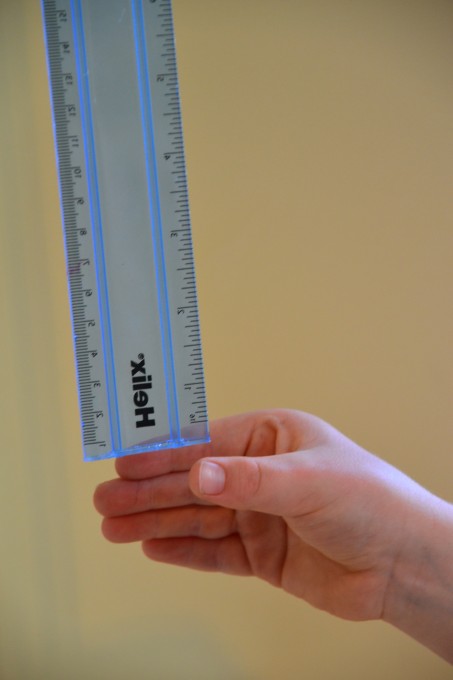
How does this work?
Our eyes see that the ruler has been dropped and send a signal to the brain, which sends a signal to the muscles in the arm and hand to tell them to catch the ruler. Our body is very clever, and these signals travel very, very quickly.
Information from the eyes is sent to the brain and then to the hand via neurons. The brain processes the information and decides what to do next. The human brain contains around 100 billion neurons!
Your reaction time depends on the time taken for the signals to travel between your eye, brain and hand.
Reaction Time Challenges
Design a table to record the results.
Investigate to discover whether reaction time can be improved with practice. Does muscle memory help speed up your reaction time?
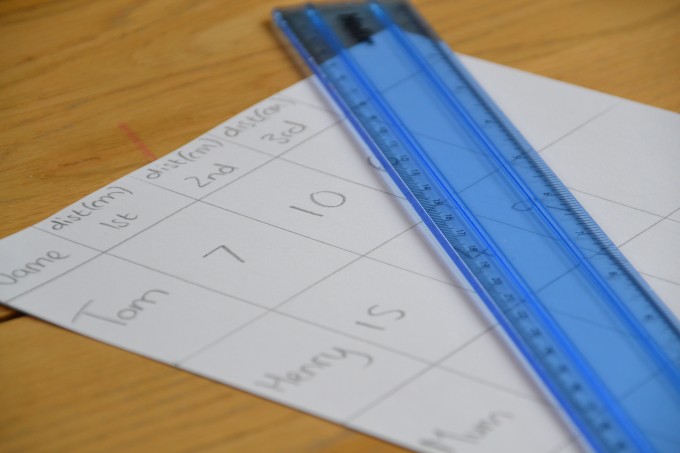
More Reaction Time Tests
Repeat the investigation using your non-dominant hand to investigate whether this makes your reaction time slower.
Design an investigation where you work out the average reaction time for different age groups.
Tie a piece of string to a toy car and let it run down a ramp. Measure how far the car travels before a person can stop it.
Can you think of any more ways to test reaction time? What would you consider a slow reaction time?
Print the reaction time template below to see how fast your reaction times are!
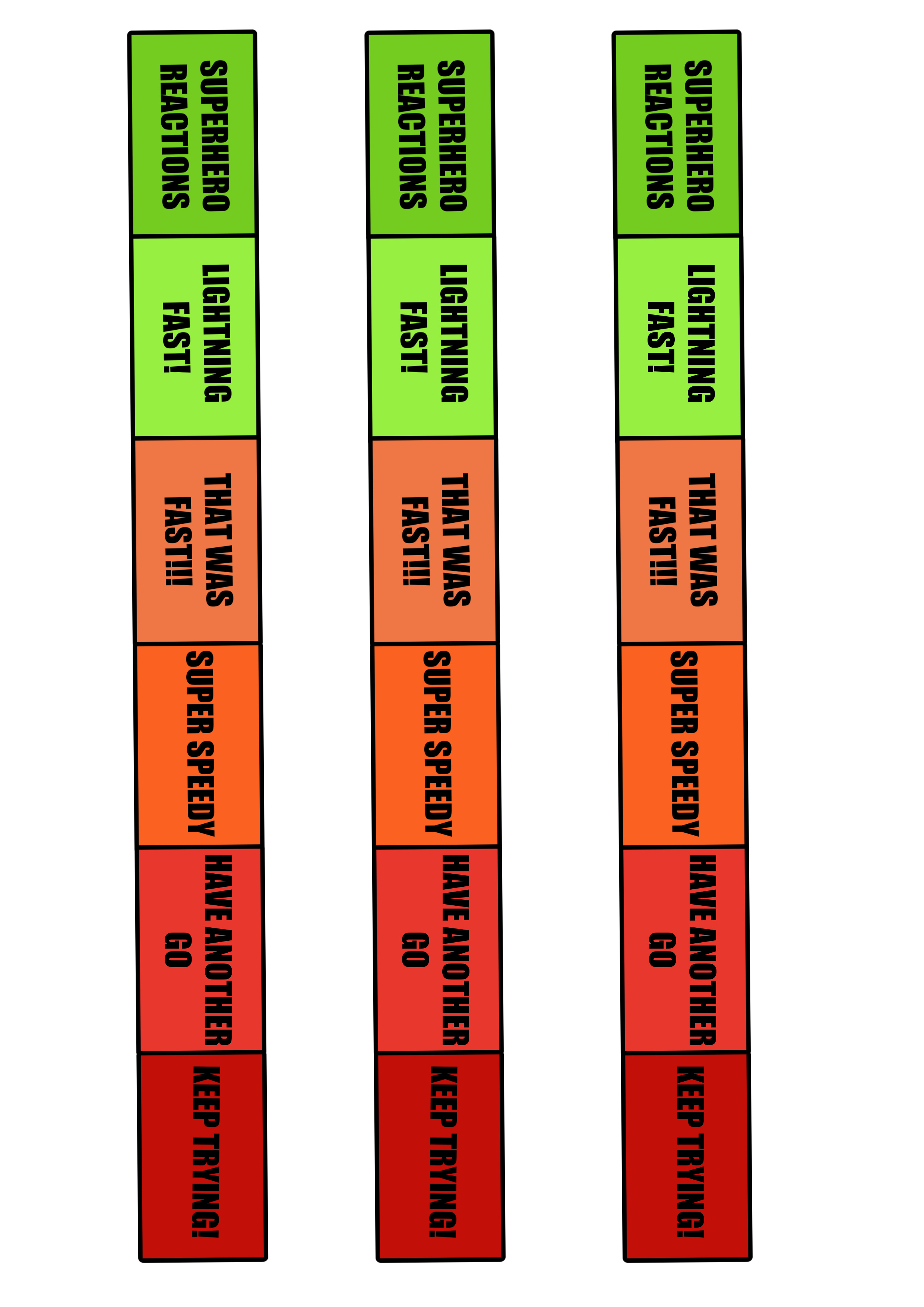
Learn more about the brain with our play dough brain model.
If you like this activity, you might also like our collection of sporty science experiments for kids.
Quick Summary
Reaction time is the time it takes you to react to a stimulus.
Information is sent around the body via nerve cells called neurones. These form the peripheral nervous system. The central nervous system consists of the brain and spinal cord.
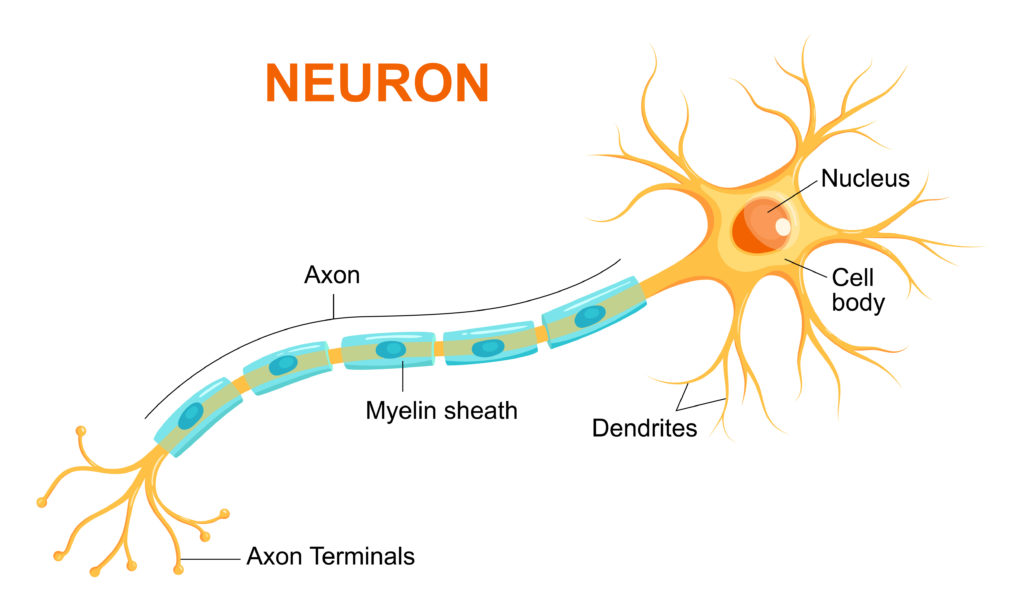
Science Concepts
- Reaction time
- Nervous system
- Stimuli
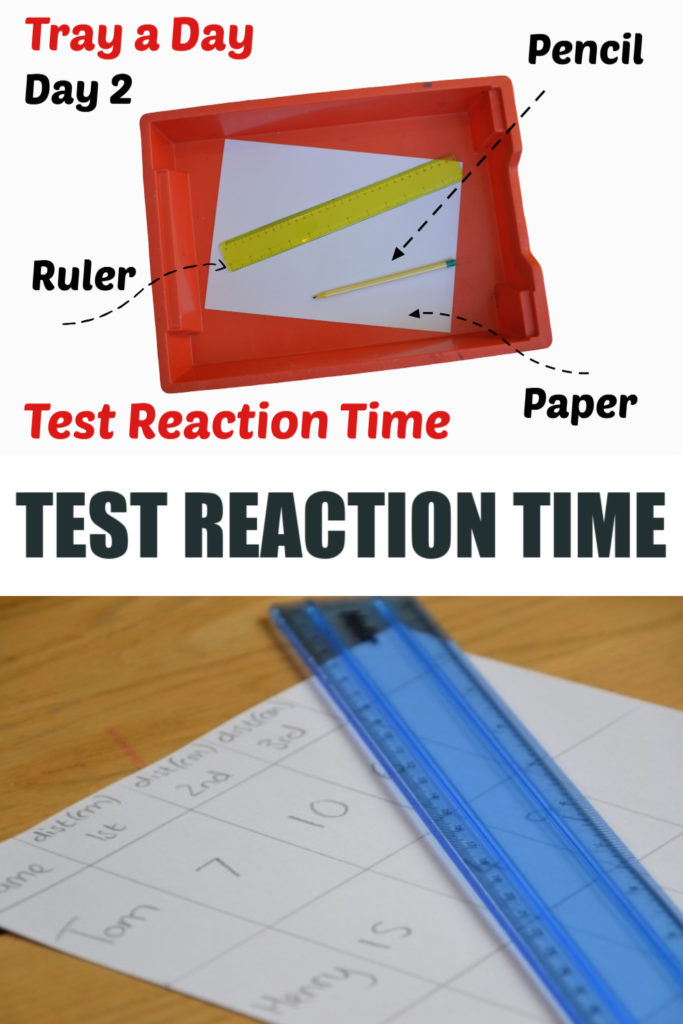
Last Updated on August 15, 2025 by Emma Vanstone
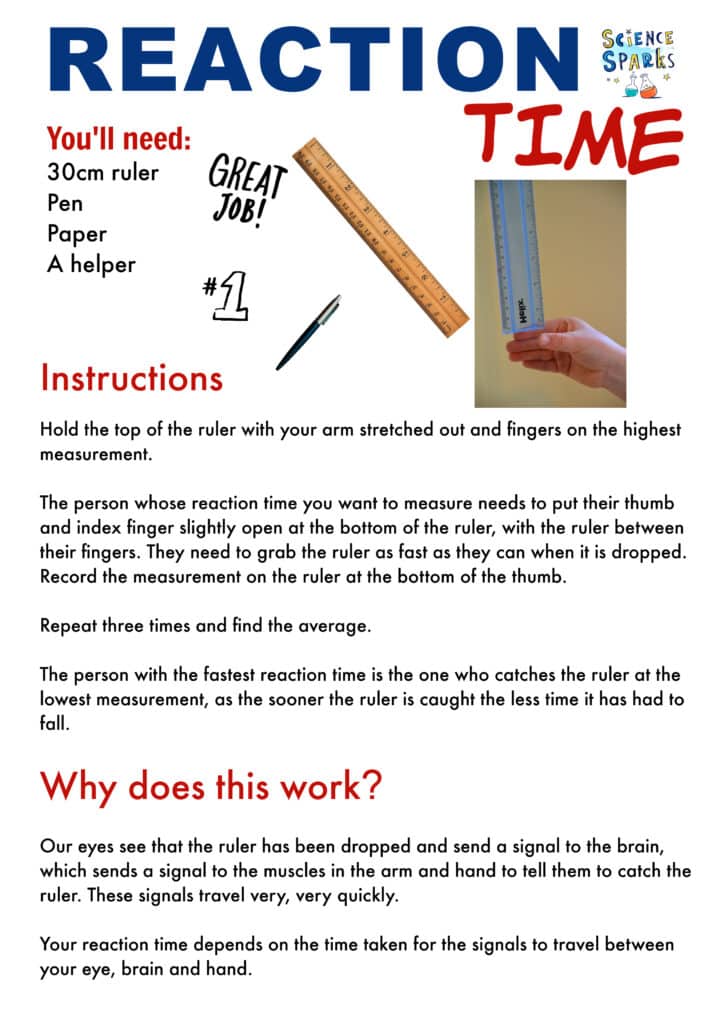
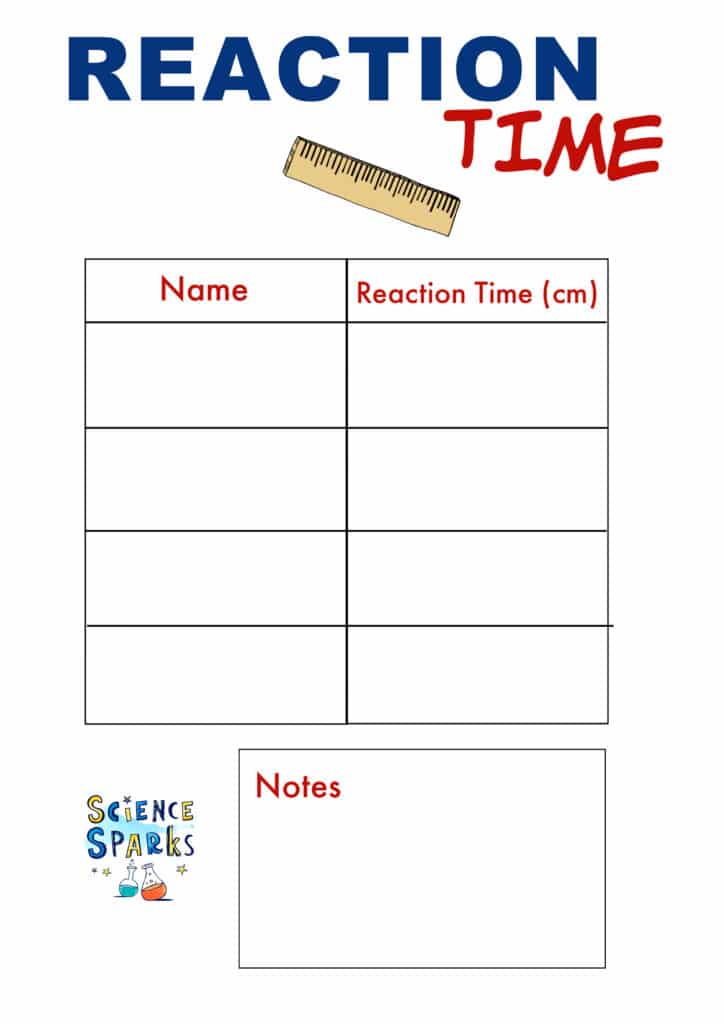
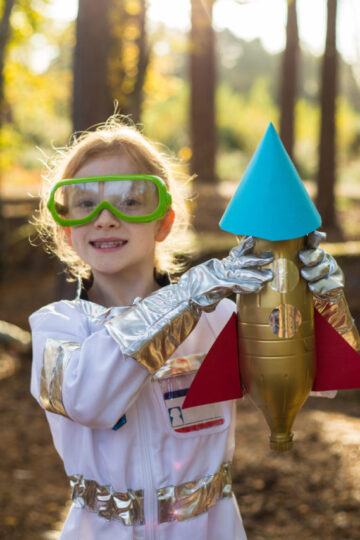

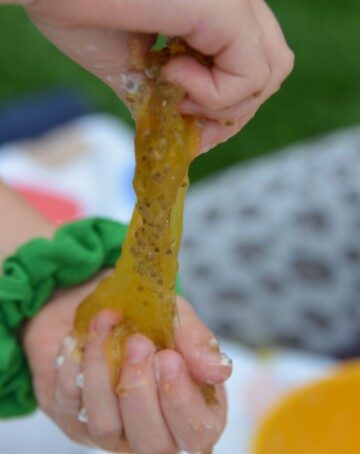
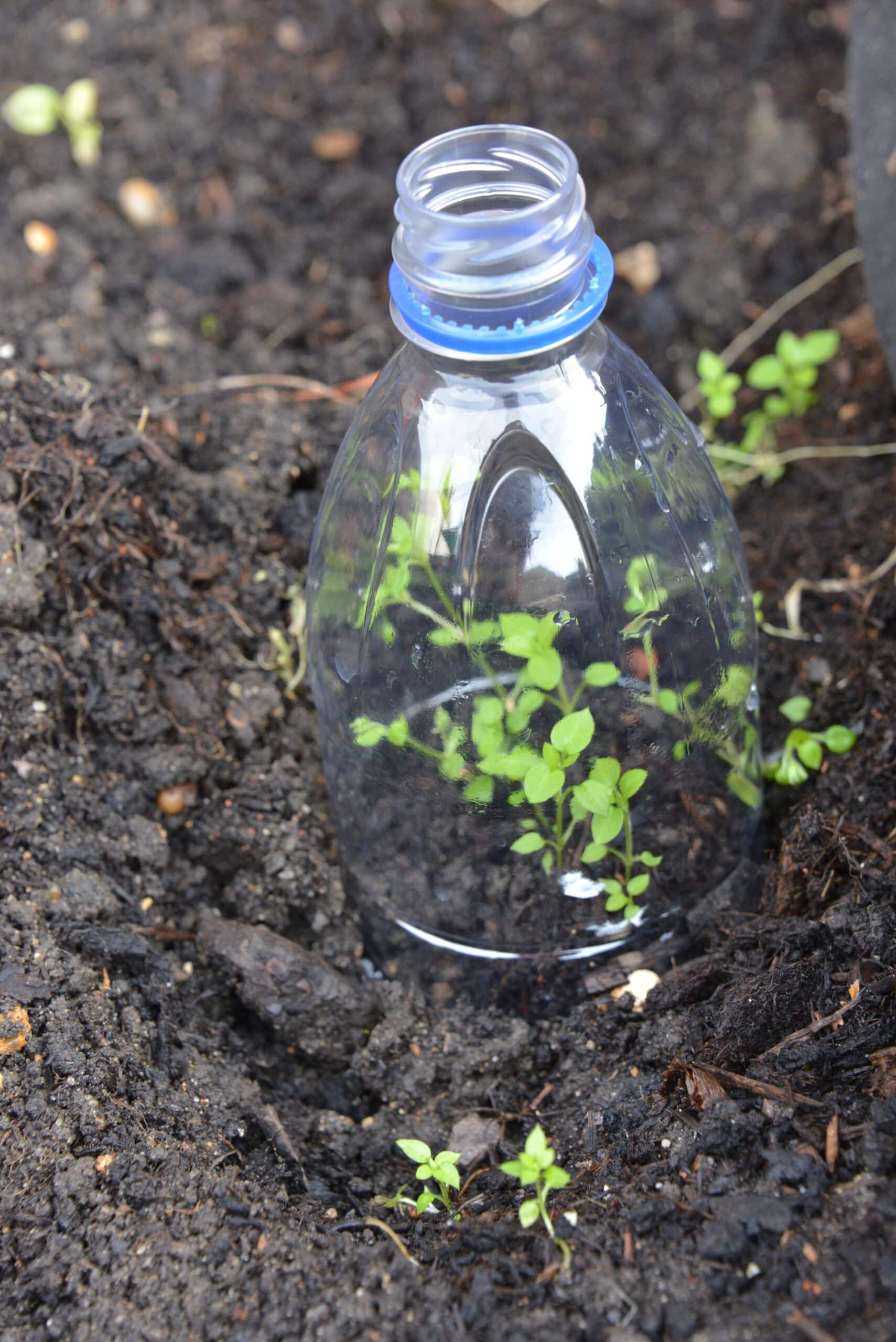
Anonymous says
I was going to do a grade 8 science fair. and I decided to do reaction times. Thank you for giving me a way to test reaction times!